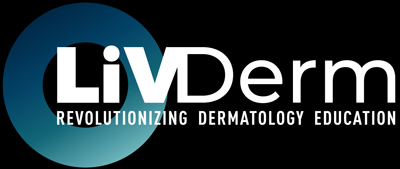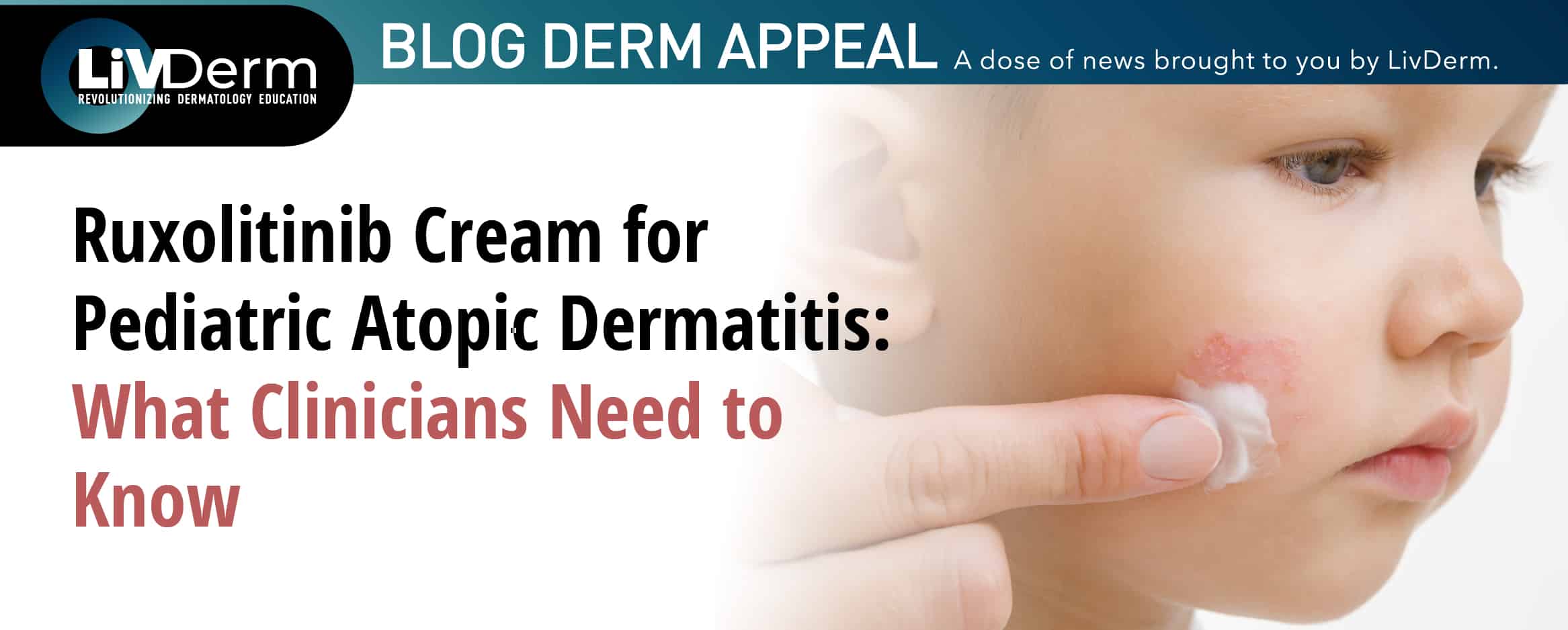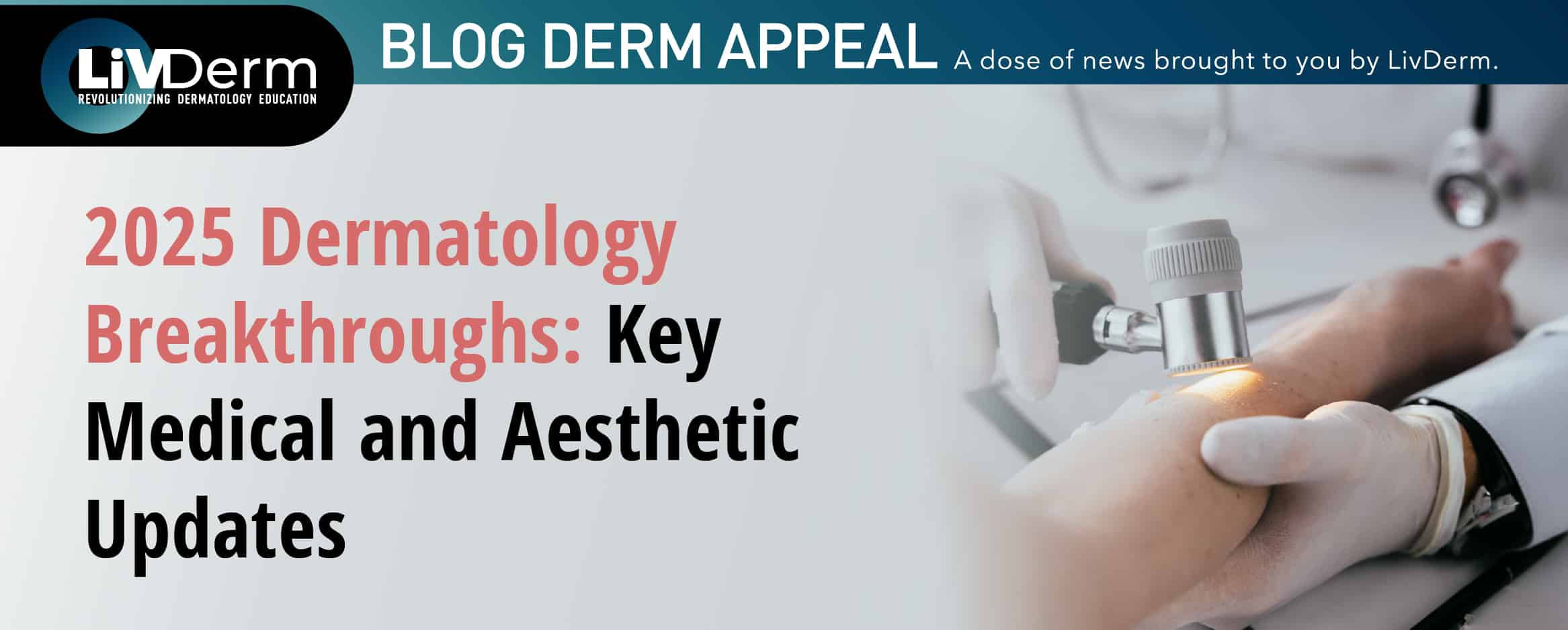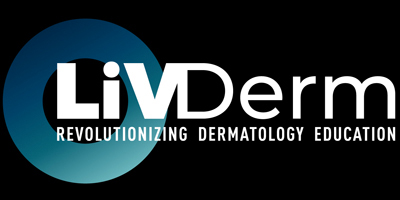The U.S. Food and Drug Administration (FDA) recently expanded the indication for ruxolitinib cream (Opzelura®) to include children aged 2–11 years with mild-to-moderate atopic dermatitis (AD). This topical, non-steroidal therapy, previously approved for patients 12 years and older, offers a new, targeted approach to managing pediatric AD while reducing concerns associated with chronic corticosteroid use. This latest approval also makes Incyte’s ruxolitinib the first topical Janus kinase (JAK) inhibitor approved for this pediatric population in the U.S.
“With this approval, we are now able to offer younger children with atopic dermatitis and their families a much-needed, steroid-free topical treatment option with the potential to significantly improve the burdensome symptoms they experience every day. At Incyte, we are committed to delivering innovative solutions that address every stage of a patient’s journey; this approval is another step toward addressing the real-world challenges faced by patients suffering from chronic skin conditions, including people living with atopic dermatitis.” Bill Meury, Chief Executive Officer, Incyte
Addressing an Unmet Need in Pediatric AD
AD is one of the most common chronic inflammatory skin conditions in children, affecting millions across the U.S. The condition is characterized by intense itch, recurrent flares, skin irritation, and sleep disturbance, all of which interfere with normal development, school performance, and quality of life.
While topical corticosteroids remain a mainstay of treatment, concerns about long-term use—including skin atrophy and systemic absorption—limit their use and acceptance by many families. This underscores the urgent need for safe, effective, non-steroidal options in younger patients—an unmet need ruxolitinib is now helping to fill.
Clinical Data Supporting Approval
The FDA’s decision was supported by results from the TRuE-AD3 trial, a Phase 3 study involving 330 children aged 2 to 11 years. Patients were treated with either 0.75% or 1.5% ruxolitinib cream or a vehicle (non-medicated cream) twice daily for 8 weeks.
- Primary Endpoint: Significantly more patients treated with ruxolitinib achieved Investigator’s Global Assessment-treatment success (IGA-TS) compared with vehicle.
- Secondary Endpoint: At least 75% improvement in Eczema Area and Severity Index (EASI75) at Week 8 was observed in ruxolitinib-treated patients.
- Itch Relief: Among patients aged 6 years and older, the median time to a 4-point reduction in itch scores was 11–13 days with ruxolitinib versus 23 days with vehicle.
Safety Profile
The overall safety profile of ruxolitinib in the TRuE-AD3 study was consistent with prior studies, with no new safety signals observed. No serious infections, major adverse cardiovascular events, malignancies, or thromboses were reported in the 8-week vehicle-controlled period. The most common treatment-related adverse event was mild application-site pain, reported in fewer than 4% of patients. Upper respiratory tract infections and nasopharyngitis were the most frequent treatment-emergent adverse events.
Researchers concluded that ruxolitinib cream provides rapid, superior improvements in the signs and symptoms of AD in children as young as 2 years, with a safety profile consistent across all age groups.
Implications for Pediatric AD Management
This expanded approval opens the door to several clinical advantages:
Earlier Intervention
With approval now extending to children as young as 2 years, clinicians can intervene earlier in the disease course, potentially reducing long-term complications and cumulative disease burden.
Non-Steroidal Option
Families often express concerns about long-term corticosteroid use. Ruxolitinib provides an evidence-based, steroid-sparing alternative for both flare management and maintenance therapy.
Eczema expert and clinical assistant professor of dermatology and pediatrics at Northwestern University Feinberg School of Medicine, Peter Lio, MD, stated, “Navigating a complex condition like atopic dermatitis can be very challenging for children, who currently have limited treatment options to meet their specific needs. With this approval, we now have a new, non-steroidal topical option that expands how we care for kids with this chronic disease. This is a meaningful step forward and marks a significant advancement in our ability to better support our pediatric patients.”
Convenience and Adherence
As a non-steroidal topical applied at home, ruxolitinib is not only convenient but also offers reassurance to families seeking steroid-free solutions. Its mechanism and safety profile differentiate it from traditional corticosteroid creams, helping improve long-term adherence.
What the Experts are Saying
"It's just so great to finally be able to get a 2A non-steroidal medicine as first line, which is what I think it should be. I don't think we should have to make patients try a topical steroid first and [potentially] have a rebound issue... it is just good to finally be able to start with these."
John Browning, MD, chief of dermatology at Children’s Hospital of San Antonio
“Having a topical that has a proven track record of safety and efficacy in our adolescent population, as well as a novel mechanism of action, is something we've been really looking forward to.”
Nicole Harter, MD, board-certified dermatologist, fellowship program director, and division chief of pediatric dermatology at the University of Nebraska Medical Center
“While every child’s journey with AD is unique, for many, the skin redness and irritation can profoundly impact their well-being. When you’re managing a condition that can affect daily life, access to safe, effective, and age-appropriate options is critical. With limited, safe treatment options currently available, especially for younger children, the addition of new therapies that control symptoms is so important to meet the needs and goals for children with AD and their families.”
Korey Capozza, founder of Global Parents for Eczema Research (GPER)
Looking Ahead
The expanded pediatric indication for ruxolitinib highlights a broader trend in dermatology: a move toward more targeted, safe, and age-appropriate therapies that minimize systemic risks while effectively controlling disease. As more novel topical and systemic treatments are investigated, dermatologists and pediatric specialists will play a vital role in guiding shared decision-making and educating families about emerging options.
Sources:
- FDA Approval Brings New Nonsteroidal Option for Pediatric AD
- FDA approves ruxolitinib for pediatric patients with atopic dermatitis aged 2 to 11 years
- John Browning, MD, reacts to the approval of ruxolitinib for atopic dermatitis in children
- Incyte Announces Additional FDA Approval of Opzelura® (Ruxolitinib) Cream in Children Ages 2-11 with Atopic Dermatitis
- A Closer Look at Ruxolitinib’s Pediatric AD Approval with Nicole Harter, MD
- Efficacy and safety of ruxolitinib cream in children aged 2 to 11 years with atopic dermatitis: Results from TRuE-AD3, a phase 3, randomized double-blind study

















